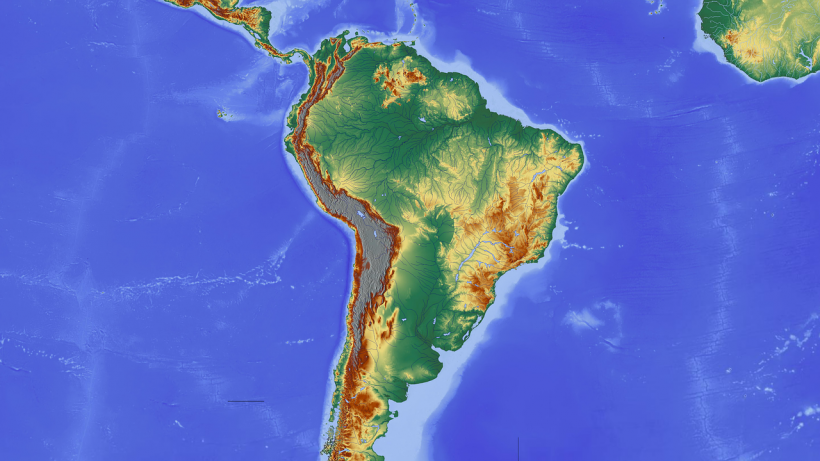The Amazon rainforest is currently one of the world's largest absorbers of carbon dioxide and emitter of oxygen, regulating the global cycle of these elements.
However, a new study revealed earlier this week the remaining Amazon trees are degraded by human activities, including deforestation and urban land use. The notion of forest degradation in the region is often overlooked, posing further risks in the future.
In addition to anthropogenic or human-induced factors, climate change and global warming also adds to the demise of the said massive forested lands in South America. The Amazon alone can cope with these natural-degrading factors, however the compounded effect of our environment-damaging doings in recent decades have altered its landscape that stood on its own for a long time.
In recent years, South American countries such as Brazil saw the retreat of the Amazon, especially due to the expansion of human settlement and infrastructure, including roads and highways. In this context, environmentalists and international organizations like the United Nations (UN) have highlighted the threat faced by the Amazon amid the climate crisis.
Amazon Rainforest Degradation

The new paper was published in the journal Science on Friday, January 27, wherein researchers from various institutions, including the University of Campinas and the Amazon Environmental Research Institute, found that up to 38% of the remaining Amazon trees has been affected by human activities.
If deforestation is the destruction of trees, forest degradation is more of a "process" that affects remaining forests, primarily through various factors, including the former and other factors like drought. The degradation process could eventually result in a "spiraling loop of feedbacks," according to Jos Barlow, a conservation science professor at Lancaster University, who told Newsweek.
Prior to the study's publication on Friday, the World Economic Forum cited the following findings about the Amazon rainforest:
- Approximately 2 million square kilometers of trees has either been deforested or degraded.
- Forest restoration is important to prevent the rainforest from reaching its breaking point that could lead to the emission of over 200 billion tons of carbon dioxide into the atmosphere.
- Restoration requires investment, planning, monitoring, and strong government commitment.
Also Read: Preserving 80% of Amazon Rainforest Can Save it for the Future Generations
Largest Carbon Sink
The Amazon rainforest was once considered to be Earth's largest carbon sink. Yet, scientists said parts of the forest now emit more carbon dioxide than they can absorb, partly because of increasing deforestation rates. This places the rich biodiversity of rain forests at risk of hotter temperatures and increased chances of fires, according to the Council on Foreign Relations (CFR).
This means the mentioned climate and anthropogenic factors have taken the title of the Amazon rainforest as the world's regulator of water cycle and carbon dioxide management. In particular, the CFR emphasizes that deforestation can also disrupt the region's precipitation patterns, which has been linked to drought in central and southern Brazil.
In January 20222, Brazil became was put on the hot seat in the eyes of the international community since a government data reportedly revealed that the country lost a significant territorial land that is part of the Amazon rainforest.
Related Article: Deforestation, Degradation Turns 26% of Amazon Rainforest to Grassland, Report Reveals
© 2024 NatureWorldNews.com All rights reserved. Do not reproduce without permission.
![US Thunderstorm Forecast: Southeast at Risk of Strong Winds and Hail This Weekend [NWS]](https://1471793142.rsc.cdn77.org/data/thumbs/full/70225/280/157/50/40/us-thunderstorm-forecast-southeast-at-risk-of-strong-winds-and-hail-this-weekend-nws.jpg)

![Extreme Heat Wave in Africa’s Sahel Region That Killed 100 People Linked to Climate Change [Study]](https://1471793142.rsc.cdn77.org/data/thumbs/full/70226/280/157/50/40/extreme-heat-wave-in-africa-s-sahel-region-that-killed-100-people-linked-to-climate-change-study.jpg)


